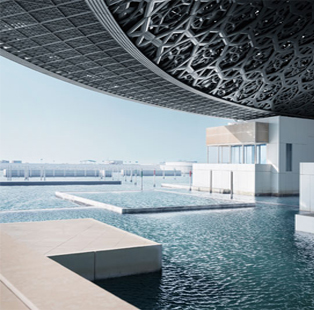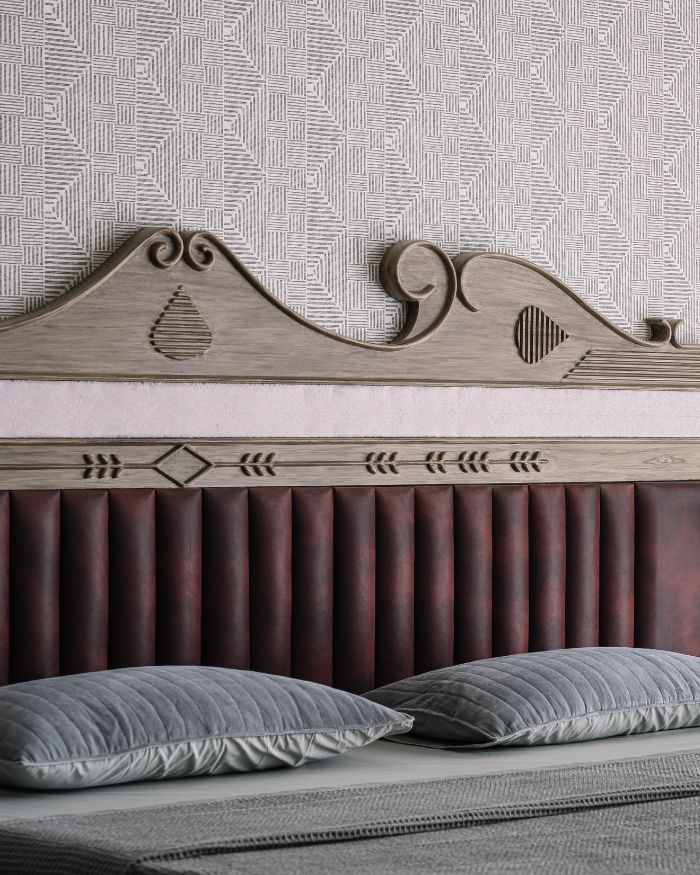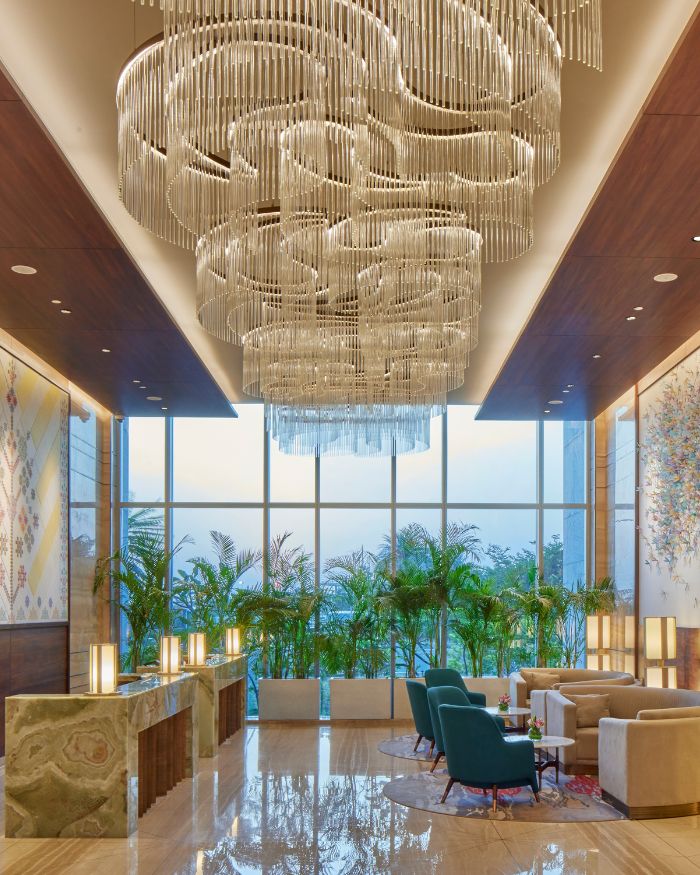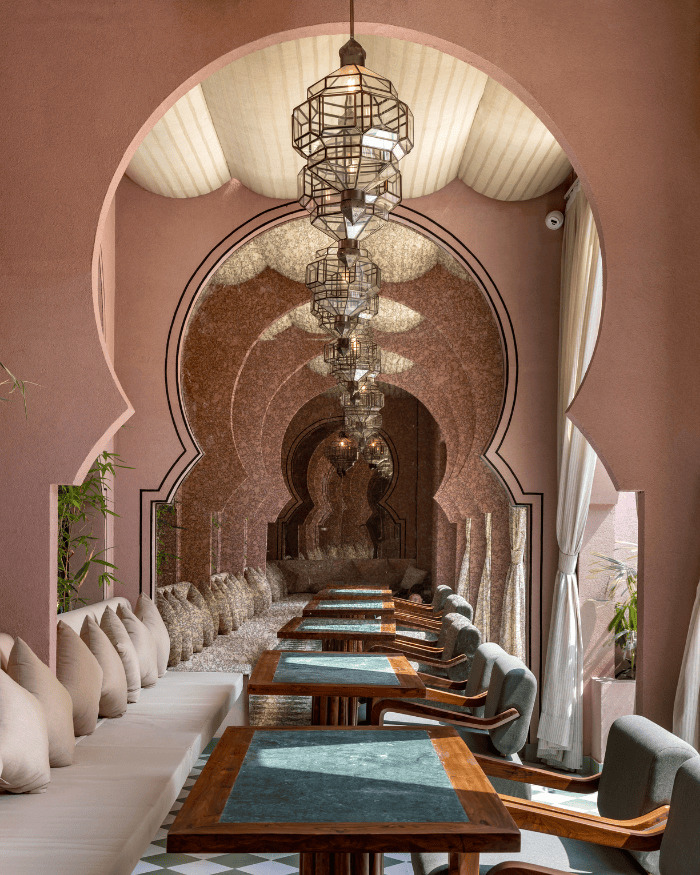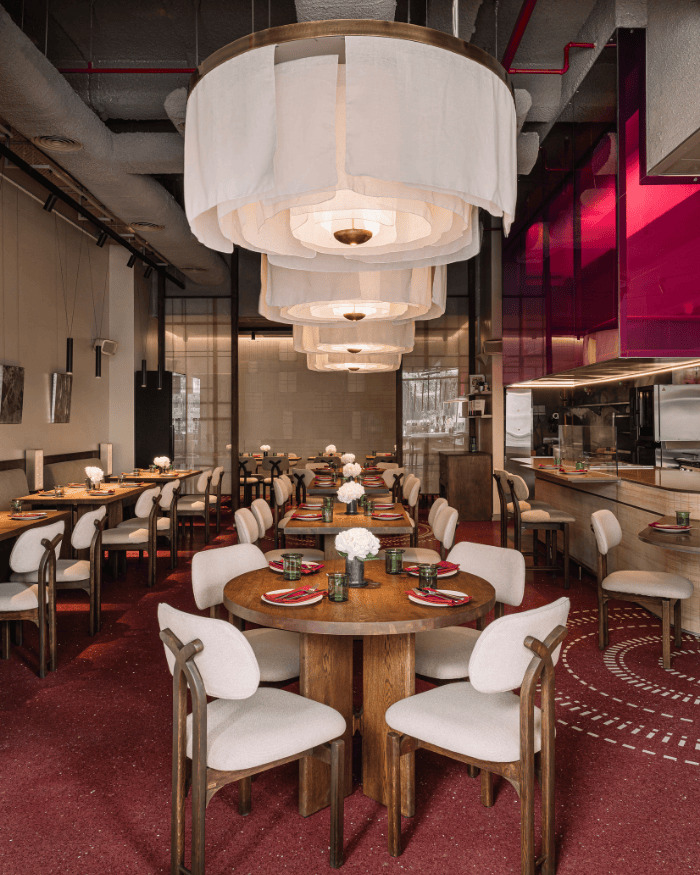Are you planning to visit one of the most anticipated buildings of this year? The Louvre Abu Dhabi opened doors to the public last week, and we’ve gathered six things you’d want to know about it:
1. A Pritzker Prize winner designed itJean Nouvel, the man who created structures like the Fondation Cartier and Torre Glories in Spain, was chosen to design the Louvre Abu Dhabi, a museum set to bridge the gap between cultures. We’ve seen his capable designs rise as buildings like Museo Nacional Centro de Arte Reina Sofia and The Koncerthuset in Denmark. However, his designs have always been varied, and the Louvre Abu Dhabi’s geometric“floating dome” is unlike any other.
2. It is a part of Abu Dhabi’s Saadiyat IslandIf UAE wasn’t a tourism destination already, Saadiyat would force it to the top of every travel itinerary around the world. The low-lying island includes luxury residential projects, museums, schools and art centres, developed by the Abu Dhabi Tourism Authority. With neighbours like the Guggenheim Abu Dhabi museum, the Saadiyat Beach Club and more, the Louvre Abu Dhabi is now a part of Abu Dhabi’s “Museum City”.
3. The Dome and the Eiffel Tower weigh the same
The silvery latticed dome only seems to be floating because of the hidden pillars within the museum. It would be hard for the 7,500 tonnes of stainless steel to float which, in yet another subtle connection to France, weighs almost as much as the Eiffel Tower (7,300 tonnes). 4. 503,000 cubic metres of sand were moved Mountains (of sand) were moved for the foundation of the museum, which now occupies 97,000 sq metres, with 8,600 sq metres as the indoor exhibition space. In addition, 2,000 sq meters will be dedicated to temporary exhibitions and a children’s museum will occupy 200 sq metres of space.
4. 503,000 cubic metres of sand were moved by engineersMountains (of sand) were moved to make way for the foundation of the museum, which now occupies 97,000 sq metres. While 8,600 sq metres serves as the indoor exhibition space, 2,000 sq meters will be dedicated to temporary exhibitions and a children’s museum will occupy 200 sq metres of space.
5. The name of the museum cost US 525$ million
The Abu Dhabi Government paid the price of mimicry, to the Paris government. Half a billion dollars sealed the deal, when an Emirati request to use the same name as the Louvre in France.
6. Arab and modern influences are combined throughoutNouvel brought in the context of the UAE, through various design intricacies. Long passages and shaded spaces make an appearance, while the dome is inspired by thatched palm leaf roofs, to create a modern take on an Arabian souk. Nouvel also brought in a “rain of light”by layering almost 8,000 patterned perforations across the dome, with each ray of the sun creating shifting shadows throughout the museums.
Website: www.louvreabudhabi.ae
Also read: Follow the Art and Design Trail this weekend!

